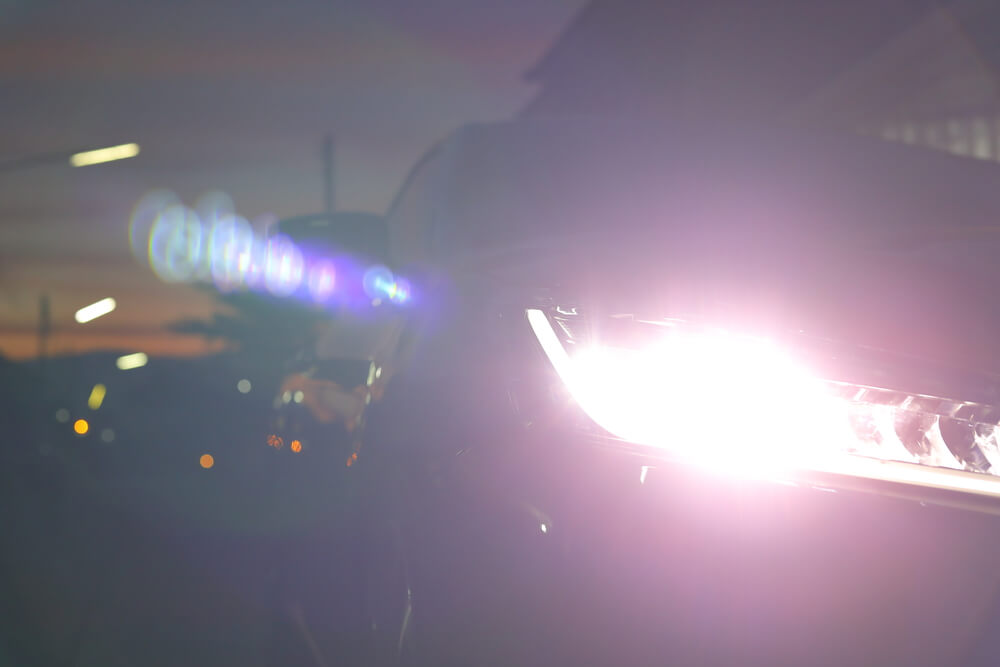Driving safely at night can be challenging, particularly when it comes to understanding the use of high beams. Many drivers may wonder about the legality of using high beams, especially when encountering other vehicles. In many jurisdictions, driving with high beams is legal unless it creates a hazard for other road users.
While high beams increase visibility, they can also blind oncoming drivers if used improperly. It’s essential for drivers to know when and how to use high beams to ensure safety. Awareness of local laws regarding high beam usage is crucial to avoid potential fines or accidents.
This exploration of high beam legality will provide clarity on when high beams are permissible and offer tips for responsible driving practices. Understanding the nuances of high beam usage can enhance nighttime driving experiences while keeping everyone on the road safe.

Understanding High Beams
High beams serve a specific function in vehicle operation, primarily enhancing visibility during nighttime driving. Proper knowledge of their definition, purpose, and common misconceptions can aid drivers in using them effectively and legally.
Definition and Purpose
High beams are designed to illuminate the road ahead more broadly and intensely than standard low beams. Typically, they project a longer and more powerful beam of light, which is ideal for dark, unlit roads.
Their purpose is to improve visibility in low-light conditions. This is particularly important on rural roads or highways without street lighting. They allow drivers to see obstacles, signs, and potential hazards from a greater distance.
High beams should be used when there are no oncoming vehicles or when driving on empty roads. Proper usage promotes safety for both the driver and others on the road.
Common Misconceptions
Many drivers believe that high beams can be used anytime it is dark. However, this is not accurate. High beams can cause glare and temporary blindness for other drivers, making their use restricted by law in various circumstances.
Another misconception is that high beams improve visibility in foggy or rainy conditions. In reality, the light reflects off of moisture in the air, which can reduce visibility. In such conditions, low beams are more effective.
Understanding these misconceptions helps ensure that drivers use high beams appropriately, reducing risks and complying with traffic regulations.
Legalities of High Beam Use
The legality of high beam use depends significantly on state regulations. Understanding the variances in laws is crucial for drivers to avoid penalties related to improper use.
Variances Across States
High beam regulations differ widely across the United States. Most states permit high beams when driving in rural areas or on poorly lit roads, provided no oncoming traffic exists. For instance:
- California: Requires dimming at least 500 feet from approaching vehicles.
- Texas: Similar regulations, with fines for misuse reaching $200.
- New York: Allows high beams in rural areas but emphasizes driver responsibility to switch to low beams when necessary.
Some states enforce stricter rules, including specific lighting equipment requirements. Drivers must familiarize themselves with local laws to avoid fines and ensure safe driving practices.
Penalties for Misuse
Improper use of high beams can lead to various penalties. Violations may result in warnings or fines, which vary by state. Common penalties include:
- Fines: Ranging from $20 to $500, depending on severity and state.
- Points on License: Some states impose points that could affect insurance rates.
- Increased Accidents: Misuse contributes to accidents, drawing law enforcement attention.
Repeated offenses may escalate penalties, including mandatory driving courses in certain jurisdictions. It’s essential for drivers to adhere to high beam laws to maintain safety and avoid legal issues.
Safe Practices for High Beam Operation
Proper use of high beams ensures improved visibility while minimizing risks for all road users. Familiarity with guidelines and alternative lighting options can enhance night driving safety.
Responsible Use Guidelines
Drivers should utilize high beams only in conditions where visibility is significantly impaired, such as on dark, rural roads. The following practices promote safety:
- Monitor surroundings: Always check for oncoming traffic. Switch to low beams if another vehicle approaches within 500 feet.
- Be aware of your environment: Avoid using high beams in well-lit urban areas or during inclement weather, as they can create glare and reduce visibility for others.
- Use high beams judiciously: Activate them only when necessary and switch back to low beams when following another vehicle closely, within 300 feet.
Following these guidelines prevents potential accidents and ensures safer night driving.
Alternative Illumination Options
In addition to high beams, drivers can explore other lighting options for improved visibility. Some alternatives include:
- Fog lights: Effective in misty or rainy conditions, these lights provide a wider, low-to-the-ground beam, reducing glare.
- LED headlights: Offering brighter illumination, they enhance peripheral vision without excessive energy consumption.
- Reflectors and road signage: Understanding the use and placement of reflective signs can aid in navigating dark roads.
By combining such lighting options with responsible high beam use, drivers can significantly increase safety during nighttime travel.